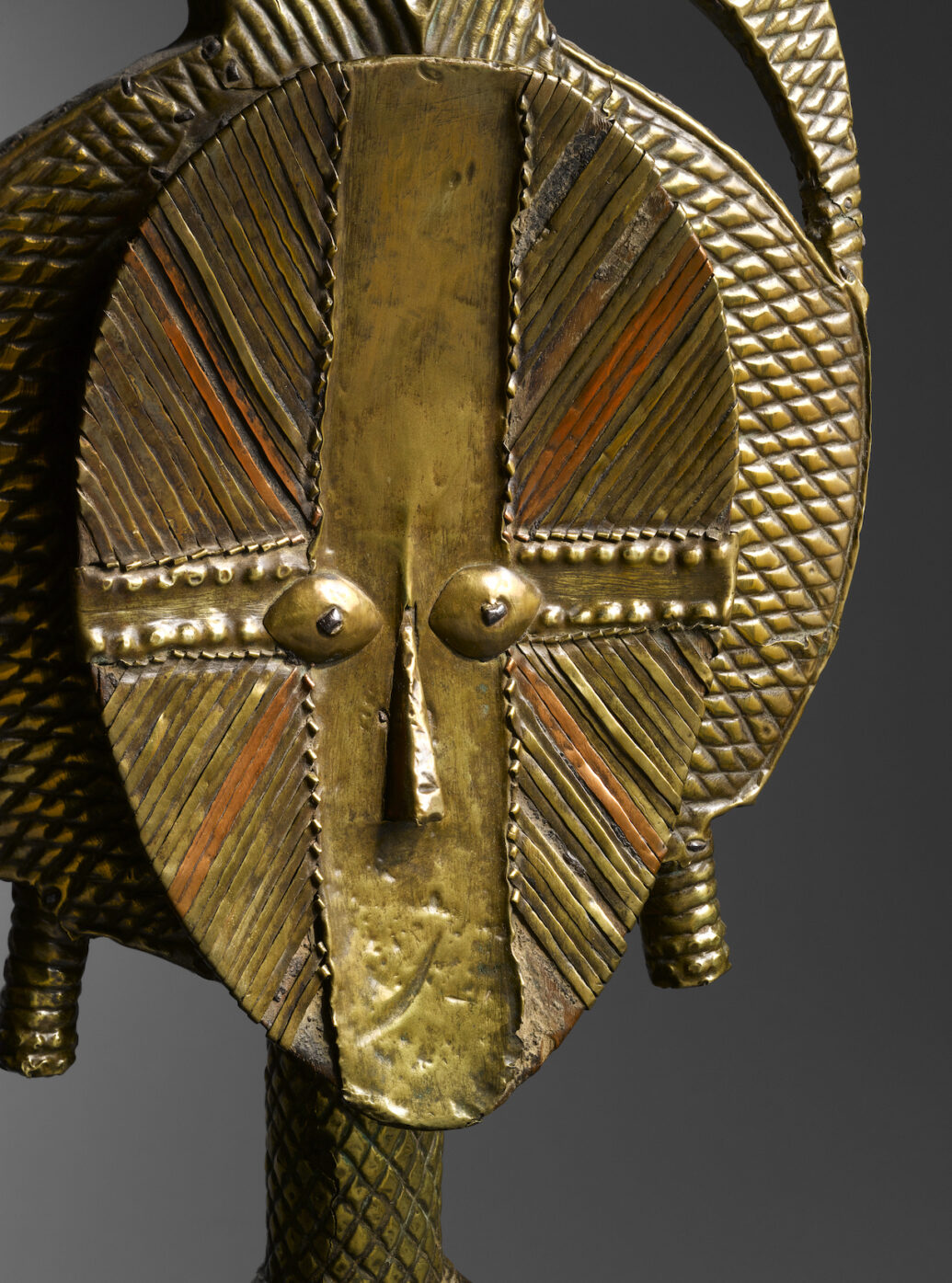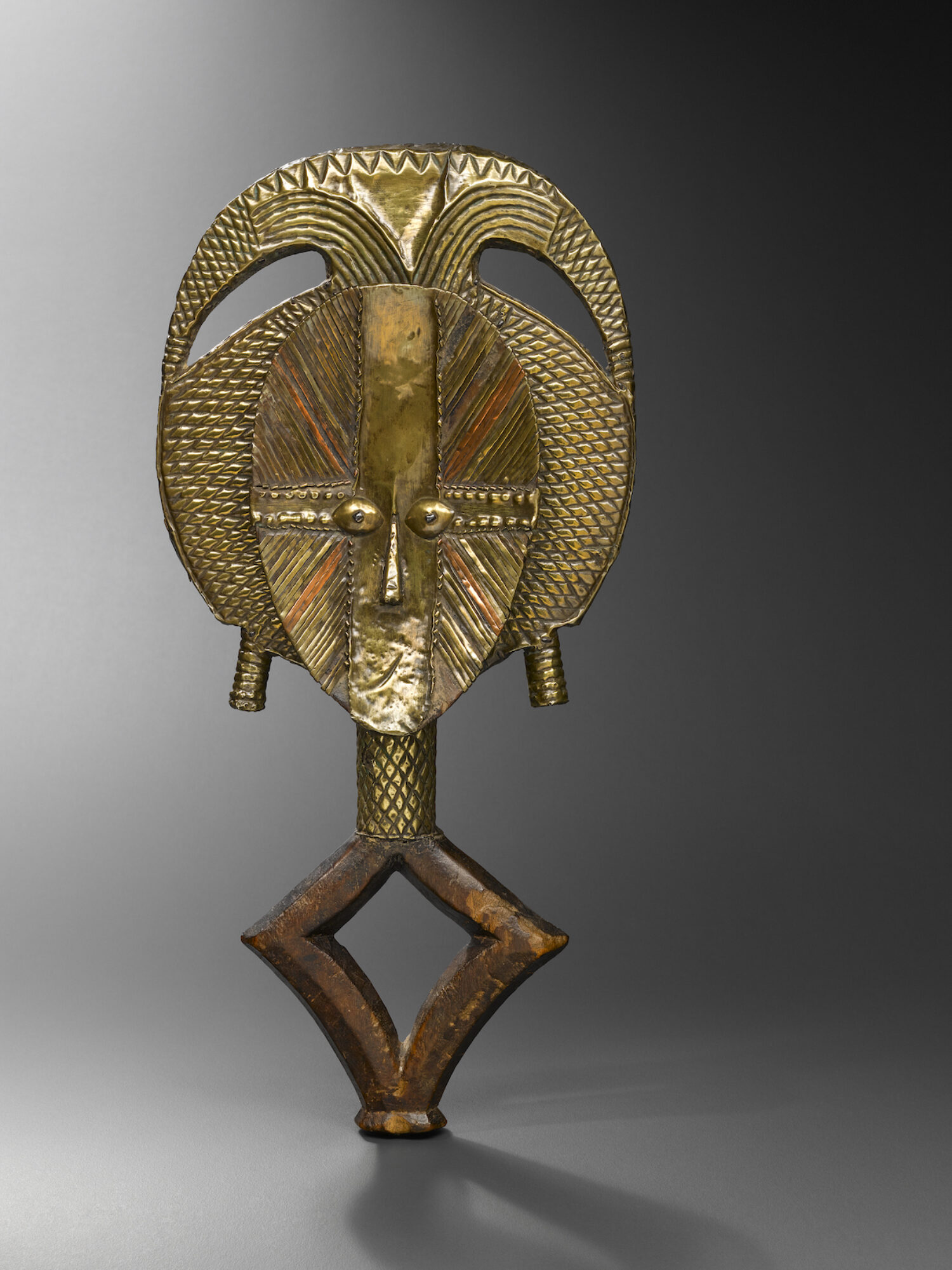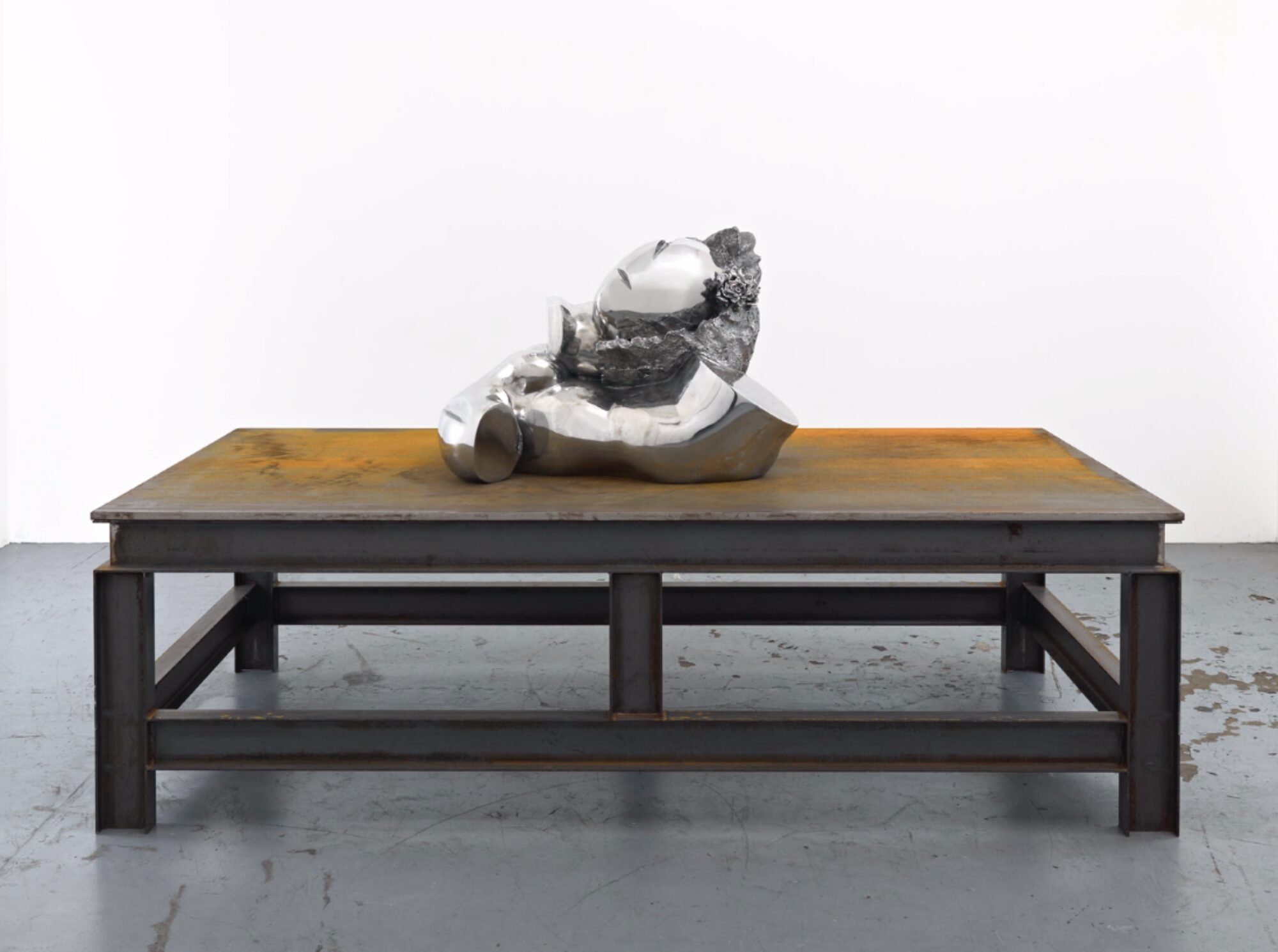Thomas Schütte & Tribal Art
Over the course of a decade 1998 - 2006, Schütte produced the series Frauen, a group of 18 monumental sculptures made of bronze, steel and aluminum ; amongst the artist’s best known and highly praised work.
Utilizing traditional materials and methods of production, Schütte created visceral works that thoroughly examine and expand the relationship between the female form and sculpture.
These expansively scaled sculptures were derived from a selection of ceramic models Schütte made between 1997 and 1999. Beginning at such a modest size, and working with a malleable material such as clay, enabled the artist to submit these forms into contortions and spatial abstractions that appear otherworldly in this monumental scale. A number of these recumbent figures call to mind classic female nudes, while others are so distorted that the female shape is barely recognizable having been brutally transformed.
Schütte takes on this highly charged subject matter with his characteristic skepticism, constantly questioning the perception and purpose of art throughout history. He considers the complex relationship between the male gaze and depiction of the female nude by introducing contradictions, such as power and vulnerability. The women are staged on platforms as victims of the attitudes of a male dominated past, yet simultaneously maintain a striking presence in scale, commanding respect from their audience.
This study, which expands our understanding of the female form, continues the lineage of his predecessors Henry Moore, Aristide Maillol, and Auguste Rodin in the 19th and 20th centuries as to Primitivism - with the artist’s inimitable unique and subversive black humor.
Aluminiumfrau Nr. 18, 2006 is very certainly an ultimate homage to Brancusi’s sober, simple and extreme stylised figure - unique drawing of curves and simplified details – therefore also a tribute to Tribal Sculpture.
We obviously decide without any doubt that this Kota – a reliquary figure, originally from the Collection Charles Ratton, Paris – would be a fantastic counterpart to Schutte’s Aluminiumfrau Nr. 18, 2006.
The surface of the oval face is overlaid with two perpendicular metal strips forming a cross, and it has intense almond-shaped eyes and a small nose at its centre. Thin strips of brass and copper coloured metal run obliquely away from central strips. The important crescent-shaped headdress which adorns the top of the head is a prominent feature of this example. The crescent is partially covered by «pounded» scale-like patterns which is interpreted by many as a highly abstracted rendering of the «body».
This beautiful stylized figure had the same function as conceptual «tombstones». They were generally attached to baskets or round boxes of bark in which relics such as fragments of the skulls, bones, and other mementos of the honored deceased were placed. Baskets were retained in the chief’s hut of the Kota village. The size of reliquary figures varied depending the importance of the deceased.
The Kota figure is a connection between the life and the death. According the oral tradition, its copper face and shiny brass repulsed the invisible forces of evil.


Thomas Schütte

- Aluminiumfrau Nr 18, 2006
- Aluminium figure on steel table
- 142 x 125 x 250 cm (55 15/16 x 49 3/16 x 98 7/16 inches)
Kota

- Kota Figure, end of 19th - early 20th
- wood, brass, copper
- reliquary figure
- 44 cm (17 5/16 inches) (height)
- Provenance : Charles Ratton, Paris P.Ratton et D.Hourdé, Paris
- Courtesy : Didier Claes

